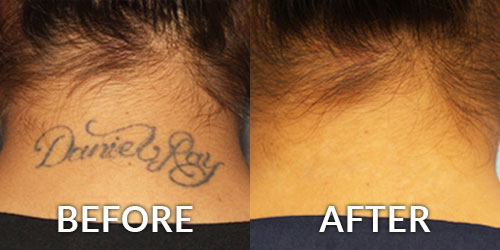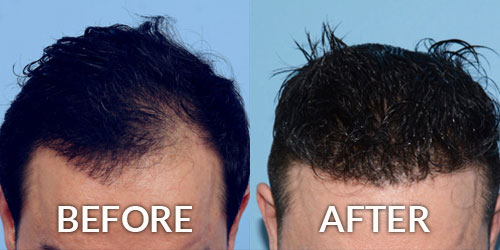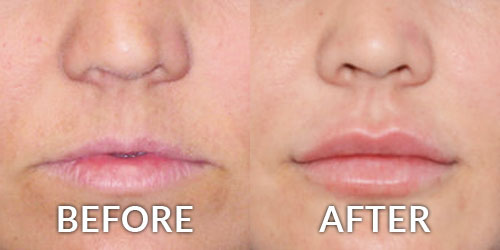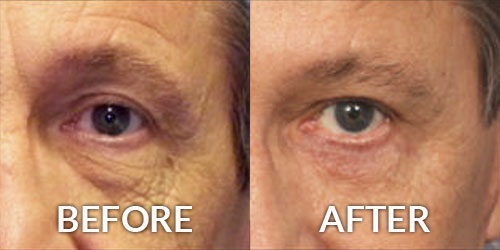Moles and Growths
Consultations offered at our two convenient locations in Phoenix and Scottdale
Lumps and bumps such as moles or skin growths (cysts, angiomas, milia, skin tags, warts and lipomas) are very common growths on the body, face and scalp.
Contents
Moles
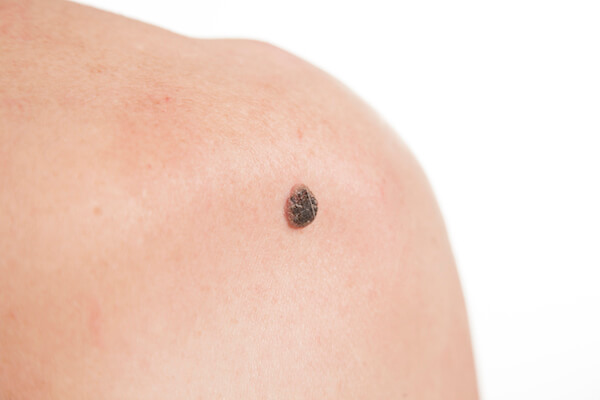
Moles (nevi) are clusters of pigmented cells that commonly appear as small, dark brown spots and can develop anywhere on your body. Moles come in different size, color and surface (flat or raised, smooth or wrinkled).
There are several different options and reasons for mole removal. Some patients want their mole removed because they do not find it aesthetically pleasing. Other patients see changes in the mole that follow the ABC’s of skin cancer detection which warrants removal (see below). Treatments available for mole removal include cosmetic (laser), cryosurgery (freezing), cauterization (burning) or excision. All moles that are removed by our professional staff will be checked to determine its condition and best method of cosmetic move removal. In some cases, a biopsy of the mole will be performed to determine its possible precancerous likelihood.
ABC’s of Skin Cancer Detection
- Asymmetry: One half doesn’t match the appearance of the other half
- Border: The edges are irregular, ragged, or blurred.
- Color: The color or pigmentation is not uniform and/or has shades of tan, brown, or black or are sometimes white, red, or blue.
- Diameter: The size of the mole is greater than 1/4 inch (6 mm), about the size of a pencil eraser.
- Evolving: The mole over time changes shape, size, color, etc.
Cysts
Cysts are closed pockets of tissue that can be filled with fluid, pus or other material. They feel like large peas under the skin surface. They are a result of either infection or the clogging of oil glands or around foreign bodies, like earrings. All skin-related cysts are non-cancerous.
While most cysts are painless, the location or size may warrant treatment as they will not go away on their own or over time. Treatment options available are draining, injection of cortisone or an actual excision.
Angiomas
An angiomas surface. Some of the more colorful types of them are spider, cherry, or senile. While their cause is unknown, treatment is not necessary unless they bleed or are irritating, although some patients prefer treatment if it is not aesthetically pleasing. Treatment options are cryosurgery (freezing), electrodesiccation (electronic destruction) or radiation.
Milia
Milia are tiny white bumps that appear on or around the chin or nose, but can also appear on the cheeks and forehead. They are formed when keratin (a substance produced by the skin) becomes trapped beneath the outer layer of skin.
Milia are harmless and common with infants, but can occur with adults that have encountered skin damage (blisters, poison ivy, chemical burns, extensive sun exposure, etc.)
While most milia will dissipate on their own, potential treatment options, if warranted, include microdermabrasion, glycolic acid peels and other exfoliation options.
Lipomas
Lipomas are harmless, slow-growing fatty lumps that are most often located between your skin and the underlying muscle layer. They are easily identifiable as they move with slight finger pressure, doughy to touch and usually not tender. They are commonly found in middle-aged people. Their cause is not well known but appear to be hereditary.
Treatment is not generally necessary for lipomas unless it is in a uncomfortable location, painful or growing. Steroid injections, liposuction or surgical removal are the common forms of removal.
Skin tags are not dangerous, but can be irritating if in contact with anything (jewelry, clothing, etc).
They are small flaps of tissue that hang off the skin often found on the chest, armpits, neck, back, under the breasts or in the groin area. They appear most often in women (especially with weight gain) and in elderly people.
Bothersome skin tags can easily be removed with a variety of methods like cutting, freezing (cryosurgery) or burning (electrosurgery) with minimal discomfort by the professional staff at Phoenix Skin Dermatology.
Warts
A wart is generally a small, rough growth, typically on your hands or feet, but often other locations that can resemble a cauliflower or a solid blister. They are caused by a few types of the virus called ‘human papillomavirus’ (HPV). HPV enters and infects your body through broken skin. Some warts will warrant immediate attention if located near genitals, especially for women, as it could lead to cervical cancer.
Most warts will go away on their own, but after months or years. Medical wart removal includes: topical applications, injection, cryotherapy (freezing) or surgical removal.



